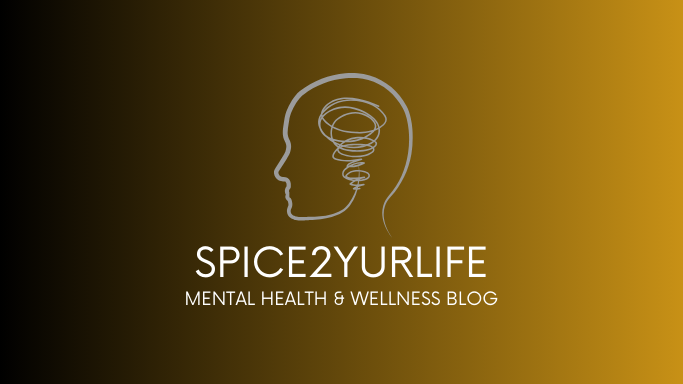When we think of Seasonal Affective Disorder (SAD), our minds often turn to the gloomy winter months. However, a lesser-known form of SAD occurs during the summer. This condition, known as Summer SAD or Reverse Seasonal Affective Disorder, can be equally debilitating. Here’s how to recognize the symptoms and manage this challenging condition effectively.
Understanding Summer SAD
Summer SAD affects a smaller percentage of people compared to its winter counterpart, but its impact can be profound. Symptoms typically include:
- Depression: A persistent feeling of sadness or a lack of interest in activities you once enjoyed.
- Anxiety: Increased feelings of anxiety or agitation.
- Insomnia: Difficulty sleeping or staying asleep.
- Appetite changes: Often a decrease in appetite leading to weight loss.
- Agitation or irritability: Increased irritability or agitation.
- Difficulty concentrating: Trouble focusing or making decisions.
These symptoms can significantly disrupt daily life, making it essential to address and manage them proactively.
Tips and Strategies for Managing Summer SAD
1. Stay Cool
Heat and humidity can exacerbate the symptoms of Summer SAD. Here are a few strategies to keep cool:
- Use air conditioning: If possible, use air conditioning to maintain a comfortable indoor temperature.
- Stay hydrated: Drink plenty of water to stay hydrated and avoid the effects of heat exhaustion.
- Wear light clothing: Opt for lightweight, breathable fabrics to stay cool.
2. Create a Comfortable Sleep Environment
Insomnia is a common symptom of Summer SAD. Improving your sleep environment can help:
- Cool your bedroom: Use fans or air conditioning to keep your sleeping area cool.
- Block out light: Use blackout curtains to create a dark sleeping environment, as longer daylight hours can disrupt sleep patterns.
- Maintain a regular sleep schedule: Try to go to bed and wake up at the same time every day to regulate your body’s internal clock.
3. Seek Shade and Avoid Overexposure to Sunlight
While sunlight can be beneficial in moderation, excessive exposure can worsen symptoms for those with Summer SAD:
- Limit direct sunlight exposure: Spend time in shaded areas, especially during peak sunlight hours.
- Use sun protection: Wear hats, sunglasses, and sunscreen to protect yourself from the sun’s rays.
4. Maintain a Balanced Diet
Appetite changes are common with Summer SAD. Eating a balanced diet can help stabilize your mood:
- Eat regular meals: Don’t skip meals, and try to eat at consistent times each day.
- Focus on nutrients: Incorporate a variety of fruits, vegetables, lean proteins, and whole grains into your diet.
- Stay hydrated: Drink plenty of water and limit caffeine and alcohol, which can dehydrate you.
5. Stay Active
Physical activity is a powerful mood booster:
- Exercise indoors: If the heat is overwhelming, find indoor activities such as yoga, swimming, or using a treadmill.
- Exercise during cooler times: If you prefer outdoor activities, try to exercise early in the morning or late in the evening when temperatures are lower.
6. Seek Professional Help
If you’re struggling with symptoms of Summer SAD, it’s important to seek professional help:
- Therapy: Cognitive Behavioral Therapy (CBT) has been effective in treating SAD.
- Medication: Antidepressants or other medications may be prescribed by a healthcare professional to help manage symptoms.
- Light therapy: Although more commonly used for winter SAD, some individuals may benefit from light therapy during summer months as well.
7. Stay Connected
Social support is crucial in managing any form of depression:
- Talk to friends and family: Share your feelings with trusted loved ones.
- Join support groups: Consider joining a support group for individuals with SAD.
8. Practice Relaxation Techniques
Stress and anxiety can worsen depression symptoms. Techniques such as:
- Mindfulness meditation: Practice mindfulness to stay present and manage stress.
- Deep breathing exercises: Use deep breathing exercises to calm your mind.
- Progressive muscle relaxation: This technique involves tensing and then slowly relaxing different muscle groups.
Managing Summer SAD requires a proactive approach. By staying cool, maintaining a healthy lifestyle, and seeking professional help, you can mitigate the symptoms and enjoy the summer months. Remember, you’re not alone, and help is available. If you or someone you know is struggling with Summer SAD, reach out to a healthcare professional for support.







No comments:
Post a Comment